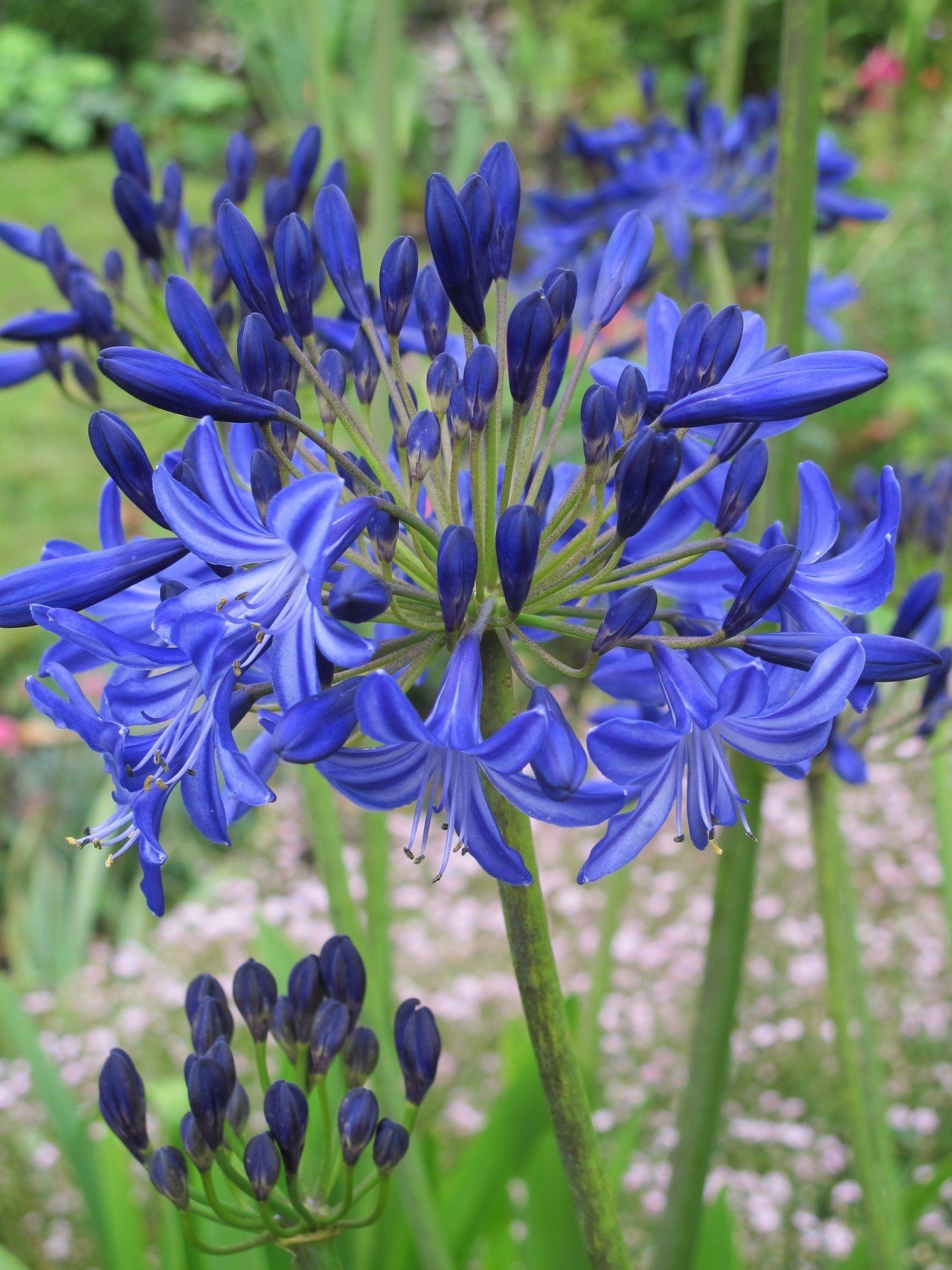Agapanthus Care Tips for Lush and Vibrant Flowers
Wiki Article
Mastering the Art of Agapanthus Care: Crucial Steps for Healthy And Balanced Development and Vivid Blossoms
In the realm of gardening, the growing of agapanthus stands as a rewarding undertaking for those who look for to support these classy blooming plants. From picking the right range to grasping trimming strategies, the trip towards cultivating thriving agapanthus plants is multifaceted and holds the essential to unlocking the complete potential of these agricultural gems.
Picking the Right Agapanthus Range

When picking the ideal Agapanthus variety for your yard, consider aspects such as environment viability, bloom shade, and growth habit. In addition, consider the environment in your area to guarantee the Agapanthus selection you pick can thrive in your certain problems. Recognizing the growth routine of different Agapanthus selections is important for appropriate positioning within your yard.
Perfect Growing Conditions
Considering the optimal environmental demands is necessary for effective Agapanthus farming. Agapanthus plants are delicate to cool temperatures and should be shielded from frost throughout winter months.To guarantee healthy and balanced growth and vivid flowers, plant Agapanthus light bulbs at a deepness of about 2-4 inches and room them 8-12 inches apart. Including organic issue, such as compost, to the soil can boost water drainage and fertility, promoting durable origin advancement. Mulching around the base of the plants helps keep wetness and reduces weed growth. Regular watering is essential, especially throughout the growing period, to keep the soil continually damp but not waterlogged.
Watering and Feeding Tips
Maintaining appropriate moisture degrees and supplying necessary nutrients are crucial elements in the care program for Agapanthus plants. It is crucial to strike a balance when it comes to sprinkling Agapanthus. If overwatered, these plants favor constantly moist dirt however are vulnerable to root rot. During the expanding period, water deeply as soon as a week, making sure the dirt is well-draining to avoid waterlogging. In hotter climates or during durations of dry spell, more frequent watering might be needed to keep the dirt uniformly damp. However, lower watering in the winter months to stop waterlogged problems.Fertilizing Agapanthus is necessary for promoting healthy and balanced development and respected blossoms. Use a balanced plant food, such as a 10-10-10 formula, in the early springtime as new development arises. By complying with these watering and feeding ideas, you can guarantee your Agapanthus plants grow and produce dynamic, resilient blossoms.
Trimming Methods for Agapanthus
Pruning Agapanthus plants at the appropriate times and with proper techniques is important for keeping their health and wellness and advertising optimal development and flowering. The optimal time to trim Agapanthus is in late wintertime straight from the source or early spring before brand-new growth emerges.Deadheading invested blossoms can additionally reroute the plant's power into producing more blossoms instead than setting seeds. If you want to gather seeds for proliferation, leave some flowers to fully grown and completely dry on the plant.
Bear in mind to use clean, sharp tools to make exact cuts and minimize the risk of introducing conditions. Agapanthus. Regular pruning will certainly aid maintain your Agapanthus looking neat and healthy while making certain an abundant screen of stunning blooms
Dealing With Common Bugs and Conditions
After guaranteeing proper pruning methods for Agapanthus, it is necessary to deal with typical insects and illness that can influence the wellness and vigor of these plants. Agapanthus plants are usually durable yet can still come down with specific concerns. One common bug that affects Agapanthus is the Agapanthus gall midge. This small, orange fly lays its eggs in the vegetation, leading to distorted development and blossom buds that fail to open up. To battle this pest, trim and destroy any kind of damaged plant parts and take into consideration using insecticidal soap.An additional usual issue is fungal fallen leave area, which provides as dark sores on the leaves. To prevent fungal conditions, guarantee good air circulation around the plants, prevent overhanging watering, and eliminate any kind of infected leaves without delay. In addition, Agapanthus plants can experience origin rot if they are grown in inadequately draining soil. To prevent this, plant Agapanthus in well-draining soil and stay clear of overwatering. By being watchful and taking timely action versus diseases and parasites, you can aid your Agapanthus plants prosper and generate vibrant blossoms.

Final Thought
In conclusion, grasping the art of agapanthus care involves choosing the best selection, supplying suitable growing problems, correct watering and fertilizing, proper trimming methods, and visit homepage addressing usual insects and conditions. By adhering to these vital steps, you can guarantee healthy growth and lively blossoms for your agapanthus plants. Keep in mind to routinely keep an eye on and preserve your plants to promote their general well-being and longevity.To make certain healthy development and vivid blossoms, plant Agapanthus light bulbs at a depth of regarding 2-4 inches and room them 8-12 inches apart. look what i found By following these watering and feeding pointers, you can guarantee your Agapanthus plants flourish and create vibrant, lasting blossoms.
One common bug that affects Agapanthus is the Agapanthus gall midge. In addition, Agapanthus plants can experience from origin rot if they are planted in improperly draining dirt. By complying with these crucial actions, you can make sure healthy and balanced development and lively flowers for your agapanthus plants.
Report this wiki page